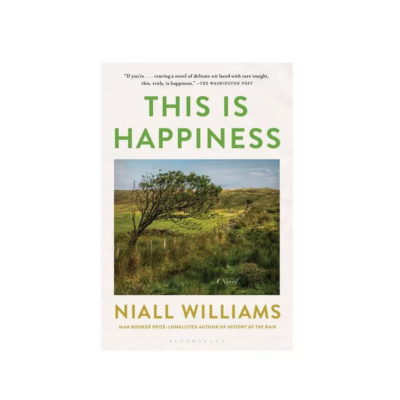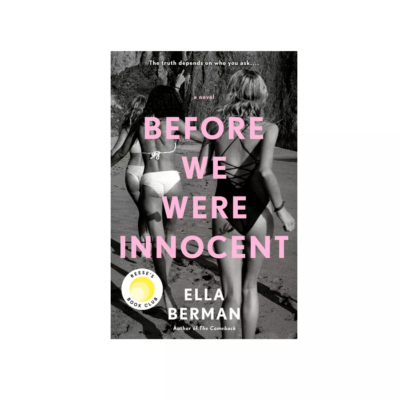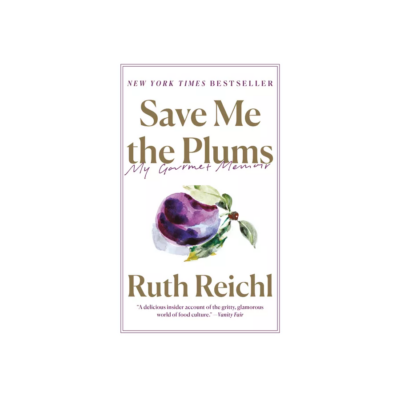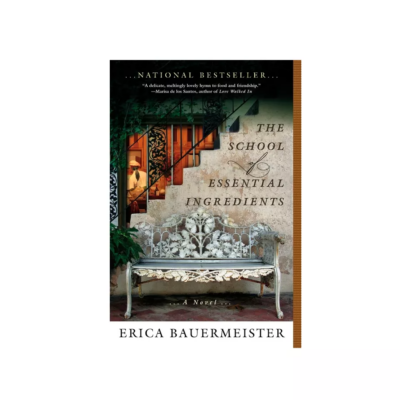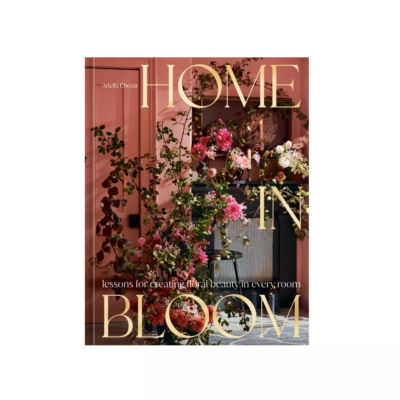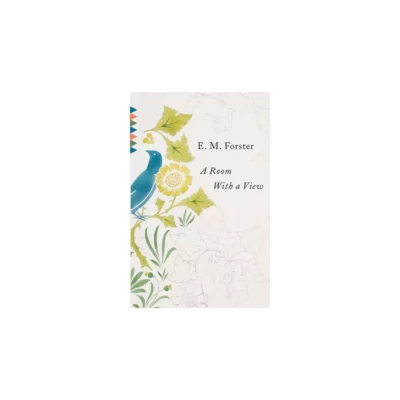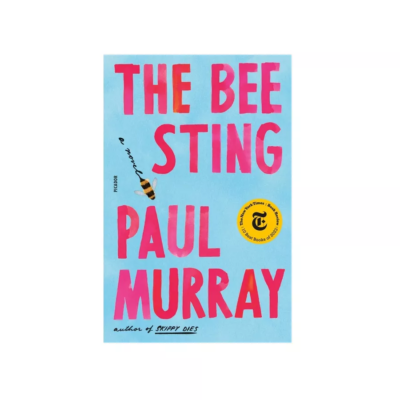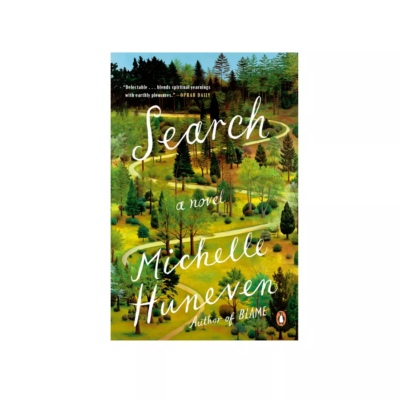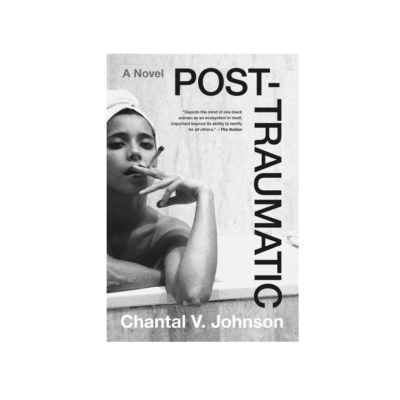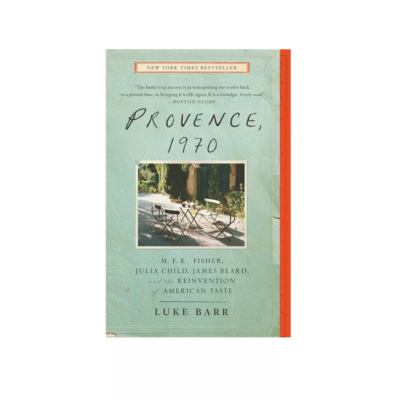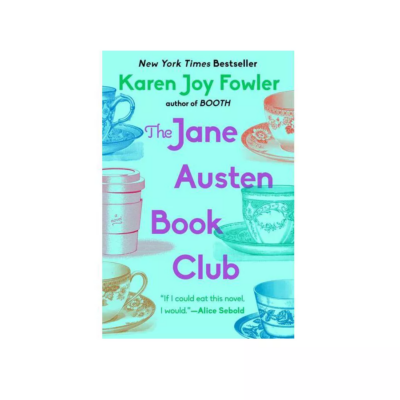I like to think that life builds itself in the in-betweens. Those ordinary moments made remarkable because they merit a slight pause. It can be the sparkle of sunlight filtering through a window, or perhaps a summer salad composed just so. With each passing year, I learn that these quiet calls of observation outweigh the pursuit of any milestone. Because while the high highs of life present moments of elation, it’s impossible to maintain this unrestrained joy. But what is possible? Filling your days with small opportunities to smile, laugh, and lean into what brings us a bit of happiness—no matter how fleeting. What better way to experience that than by building a spring reading list to inspire growth and renewal in your life?
Reading is a life-long practice that—with everything we maintain for years—inevitably ebbs and flows. But living in step with the seasons offers us a chance to realign with the habit. And while the new year often sparks a little *change your life* energy, the spring is just as powerful a time for transformation. With that being said, the ultimate spring reading list—complete with life-shifting revelations—is here. Break out your Goodreads, and get ready to take notes.

11 Books to Add to Your Spring Reading List
To be clear, these are not recently released books. For that, we have you covered with our favorite new spring reads. Instead, this spring reading list is a compilation of books that align perfectly with the season. They’re reads that elicit contemplation and evoke growth. And because not all of these titles are new releases, many can be found at your nearest library. Accessible inspiration? Always a win.
This Is Happiness by Niall Williams
Genre: Literary Fiction
“You don’t see rain stop, but you sense it. You sense something has changed in the frequency you’ve been living and you hear the quietness you thought was silence get quieter still, and you raise your head so your eyes can make sense of what your ears have already told you, which at first is only: something has changed.”
This Is Happiness expertly combines a quiet but thrilling narrative with pastoral and luminous depictions of a community. The writing pulls at the idiosyncrasies and contrasting truths that exist within us and our relationships—our highs and lows, triumphs and failures, wants and needs are all put on display. Focused on an Irish family mid-century whose town is finally about to get electricity, the book tracks the everyday magic and miracles that follow us throughout life.
Before We Were Innocent by Ella Berman
Genre: Mystery
Every spring reading list needs a solid mystery. Before We Were Innocent follows best friends Bess and Joni, who, a decade prior, were cleared from any involvement in their friend Evangeline’s death. The pair has gone on to lead two very separate lives—Joni, becoming a motivational speaker and Bess, withdrawing from it all. But when Joni’s name gets tied to a crime in Greece closely mirroring that of Evangeline’s death, Bess has to choose whether or not to support her—and involve herself in all the complications that entails.
Save Me the Plums by Ruth Reichl
Genre: Food Memoir
Food writer, chef, and editor widely lauded for her prolific tenures at both the Los Angeles Times and The New York Times, Ruth Reichl is a gastronomic tour de force. The author of several cookbooks and memoirs, she’s been instrumental in revolutionizing how we read, write, and think about food. And while there’s much to romanticize about her career, Save Me the Plums is both gritty and poignant, taking readers behind the scenes of what it looks like to make it big in the food world. The memoir takes you from the offices of Condé Nast to intimate conversations with legendaries like David Chang and even David Foster Wallace. With recipes punctuating its chapters, Save Me the Plums is part cookbook, part reflection on what it really means to pair passion with your career.
The School of Essential Ingredients by Erica Bauermeister
Genre: Food Fiction
Erica Bauermeister, my forever favorite author. She has a gift for turning the simple sensational, connecting us with the beauty that exists in everyday moments. Her books build through a focus on the senses. Our ability to smell, taste, touch, see, and hear all become infused with a certain romance and profundity through her words. On the surface, her characters mirror much of our own normalcy, but they become all the more human as you learn of their struggles, searches, and ultimate growth.
The School of Essential Ingredients wraps itself around all of this, following the lives of eight cooking students and their teacher, Lillian in the back of her restaurant. Every Monday evening, the group meets to practice new dishes, techniques, and skills. But Lillian imparts more than her cooking expertise. As the students trial and error their way through dishes, they simultaneously become transformed by the food themselves. Be sure to add its sequel, The Lost Art of Mixing, to your spring reading list as well.
Home in Bloom by Ariella Chezar
Genre: Design and Floral Arranging
This book recently came across my desk and I was immediately entranced not only by its visuals, but Chezar’s ability to put into words the resonant, ephemeral beauty of florals. As a master floral designer and author of several other flower arranging books, Chezar is highly sought after for her organic and innovative arrangements. What’s more, she pioneered the farm-to-flower revolution, standing as an authoritative figure of the movement. Home in Bloom goes beyond being a gorgeous coffee table book. It’s a comprehensive guide that you’ll return to again and again for inspiration on bringing nature’s beauty into your home.
A Room with a View by E.M. Forster
Genre: Literary Fiction
A classic romance, A Room with a View has encouraged readers to pursue meaningful, long-lasting love in lieu of fortune since its first publishing in 1908. Entrenched in the snobbery and stuffiness of British high society of the time, the novel follows heroine Lucy Honeychurch as she navigates her feelings and fate, faced with choosing between status and an expansive true love. I always return to this book each spring as it sets the groundwork for the reader’s evolution and fulfillment, providing encouragement for whatever our hearts truly desire.
The Bee Sting by Paul Murray
Genre: Fiction
Clearly, something about spring inspires me to dive deep into contemporary Irish fiction. But the mastery of The Bee Sting spans far beyond genre and geography. Following the Barnes family, its pages blend a tragic plot with expertly-executed comedic touches. As each character grapples with their own challenges and struggles, Murray dazzles his reader with a fast-paced narrative and deeply relatable observations on what it means to pursue goodness.
Search by Michelle Huneven
Genre: Memoirist Fiction
I was blown away by the layers of perspective Michelle Huneven weaves into this book. Situated in Southern California, the plot tracks a search committee’s appointment of the community’s next Unitarian pastor. But… with recipes and a memoirist framing, Search expands far beyond the basis of its plot. The book’s protagonist, Dana Potowski is a restaurant critic and food writer alongside being a longstanding member of the congregation. Asked to join the search, she secretly pens a memoir (complete with recipes) reflecting on the experience. Though she begins the project with a certain level of detachment, she finds herself growing increasingly invested not only in the search, but the entire committee itself.
Post-Traumatic by Chantal V. Johnson
Genre: Psychological Fiction
Who doesn’t love a story that goes deep into the reality of a supposed success story? Post-Traumatic centers on Vivian, a successful lawyer advocating for mentally ill patients at a New York City psychiatric hospital. But beneath the surface, Vivian is grappling with the impact of her troubled childhood and struggling to navigate life as a Black Latinx woman in America. Her self-medicated solution is a mix of dating, dieting, and smoking weed. Then, a family reunion sparks her pursuit of true healing—but first, she has to unravel.
Provence, 1970 by Luke Barr
Genre: Nonfiction
The main criteria for books I’d add to my spring reading list are those that feel deeply seasonal. Not just in the environments and atmospheres they depict, but those that I can easily return to year after year—and still learn and experience something entirely new. Provence, 1970 follows that perfectly. Focusing on a single seminal moment, the book centers on the winter of 1970 when some of the biggest culinary figures of our time—James Beard, M.F.K. Fisher, Julia Child, Richard Olney, Simone Beck, and Judith Jones, gathered in the South of France. Over long meals and hours spent together in the kitchen, they debated taste, reflected on the inherent snobbery of haute cuisine, and questioned the future of food in America. And though these discussions weren’t formalized and their participants didn’t realize it, together, they were shaping how we eat and think about food.
Chronicled by M.F.K. Fisher, documentation of these conversations were then later unearthed by her great-nephew, Luke Barr. His pages do a revelatory job of establishing the context and creating an aesthetic, dreamy, and lush atmosphere to surround these revolutionary discussions.
The Jane Austen Book Club by Karen Joy Fowler
Genre: Romantic Fiction
Whether or not you like her books, readers everywhere can confirm the influence of Jane Austen’s work not only on literature but our lives. That truth (universally acknowledged) stands at the center of The Jane Austen Book Club. Following exactly that—an unlikely grouping of people who gather to read Austen’s biggest novels—the book is a charming reflection on the truths of human behavior. Through her characters, Karen Joy Fowler explores the heartbreak and joy inherent in modern relationships—something I have to believe that Austen herself would approve of.



